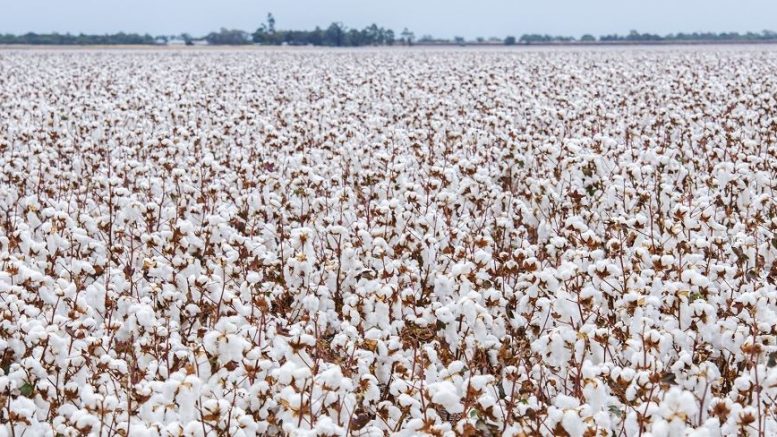“Another positive factor was the emergence of new cultivation systems, something that has meanwhile become established…”
Fernando Zeferino is global director of cotton origination at Cargill and holds a degree in agronomy from the State University of Londrina.

Fernando Zeferino, global director of cotton origination
AgriBrasilis – How did Brazil become a leader in cotton?
Fernando Zeferino – This achievement on the international stage is the result of several factors and occurred because all links in the production chain have been working toward this evolution.
I would highlight the role of cotton research and the adoption of new technologies, two factors that are very present in the sector. Another positive factor was the emergence of new cultivation systems, which have since been consolidated. These were some of the elements that contributed to this evolution and helped transform Brazil into one of the largest players in the global cotton market.
Brazilian cotton is well accepted because the international market understands and values the characteristics of this product. We recognize that the adoption of new technologies and the stability of the sector are factors that are here to stay, have been consolidated, and will continue in the coming years.
“…a market phenomenon present in other sectors and inputs, and which may also happen, eventually, with cotton.”
AgriBrasilis – How much will the increase in fertilizer prices impact production costs? What motivated the increase in the price of cotton seeds and lint in Brazil? What are the consequences?
Fernando Zeferino – This is a circumstantial issue, a market phenomenon present in other sectors and inputs, and which may also happen, eventually, with cotton. On our side, we continue to work side by side with farmers so that they prosper and see their products reach different markets.
AgriBrasilis – What are Cargill’s investments in the cotton chain?
Fernando Zeferino – Cargill remains steadfast in its commitment to cotton farmers. We are in a privileged position because we connect different links in the production chain, from storage to transportation. For example, we announced an unprecedented logistics operation to ship approximately 700 tonnes of cotton directly in containers from the Port of Santos in May of this year. Meanwhile, we transported the product in containers by rail for 100% of the route between the state of Mato Grosso and the largest port in Latin America, in partnership with rail operators Brado and MRS, and with Maersk as the multimodal operator.
The combination of containers and trains for this transport ensured cargo safety, speedy delivery, and avoided the emission of around 108 tonnes of CO2. We have other examples, such as the use of the Port of Itaguaí, in Rio de Janeiro, as an alternative route connecting Mato Grosso cotton to Asia. Cotton is part of the company’s strategic operations in Brazil, and our commitment to farmers is to help them produce more and better.
READ MORE:

